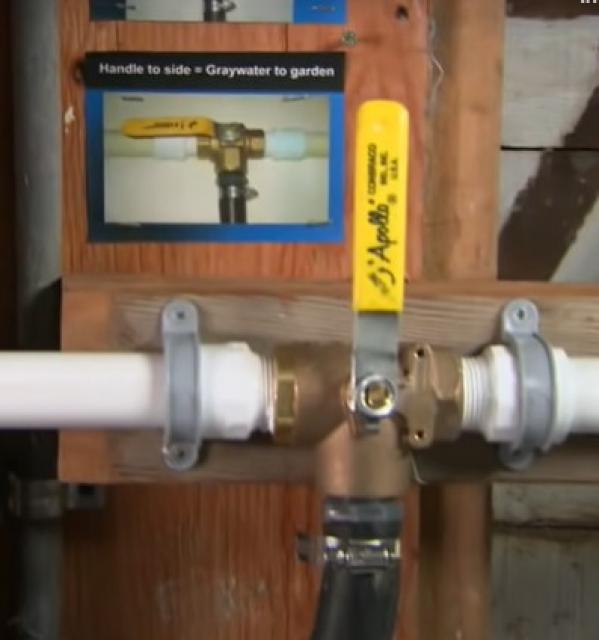Grey Water
Grey water, also spelled as gray water, is water that already has been used domestically, commercially and industrially. This includes the leftover, untreated water generated from washing machines, bathtubs and bathroom sinks.
This water source is one way to stretch urban water supplies and is particularly beneficial during droughts when outdoor water use is restricted. Grey water reuse systems can help take stress off municipal water supplies by replacing some of the water that would otherwise have been used for outdoor irrigation.
The typical household grey water system ‘harvests’ water from washing machines and pipes it outside to be used on ornamental plants and fruit trees. Depending on the model of the washing machine, one load of clothes can produce 15 to 40 gallons of grey water, more than enough to keep most trees and plants alive throughout the year. More advanced systems can pipe grey water over an extended area like a lawn or flower bed.
Grey water is fine for irrigating fruit trees or landscaping plants but should not be used on edible crops that touch the soil because it can contain harmful bacterial contaminants, grease or residues of detergents. In addition, grey water should be used within 24 hours of being collected because as the residues and contaminants break down, the water can start to smell. And because it contains a variety of chemicals or bacterial contaminants, grey water can’t be used for drinking water or allowed to flow into storm gutters.
Grey Water in California
California has legislated household use of grey water for irrigation since 1992 and has developed standards for plumbing design and equipment to ensure that grey water is safe and easier for homeowners to use in their yards.
Cities such as Los Angeles are trying to make the process of installing and operating grey water systems simpler on homeowners. For example, Los Angeles doesn’t require a permit for simple systems connected to washing machines with discharge capacities of 250 gallons or less per day. The city also offers homeowners an online tool to determine how much grey water their home can produce as well as potential savings on their utility bills. The city estimates a basic laundry-to-landscape system could save a homeowner more than $220 per year.
A variety of San Francisco Bay Area cities and counties have implemented grey water rebate programs, including Santa Clara County, which offers residents up to $400 to install a grey water system.
Overall, 20 states have adopted codes allowing some level of grey water reuse.










